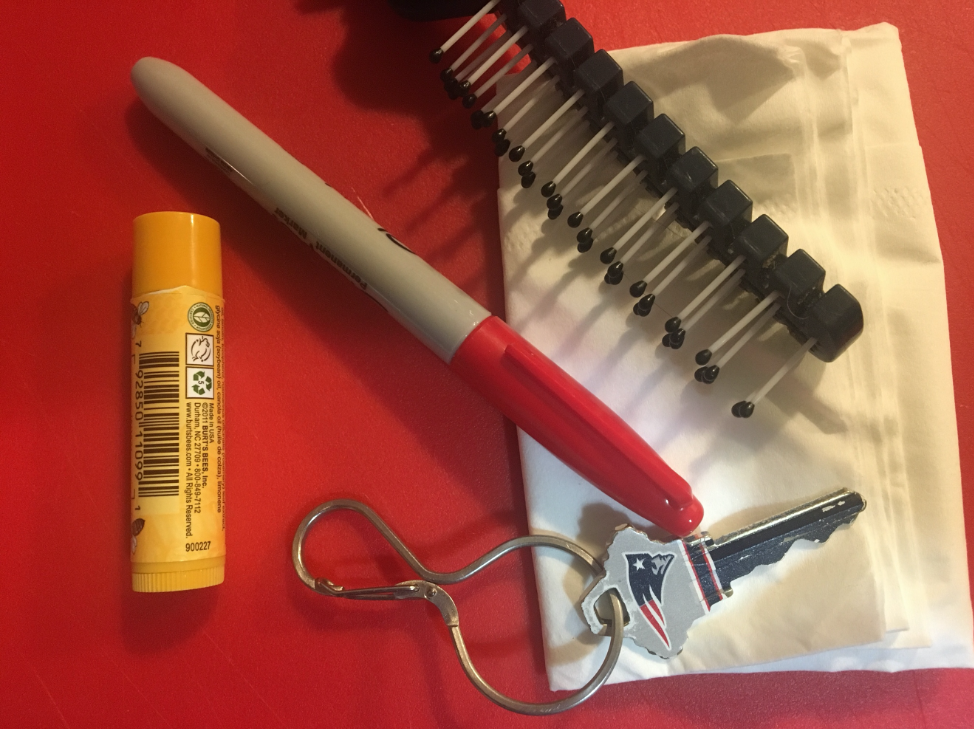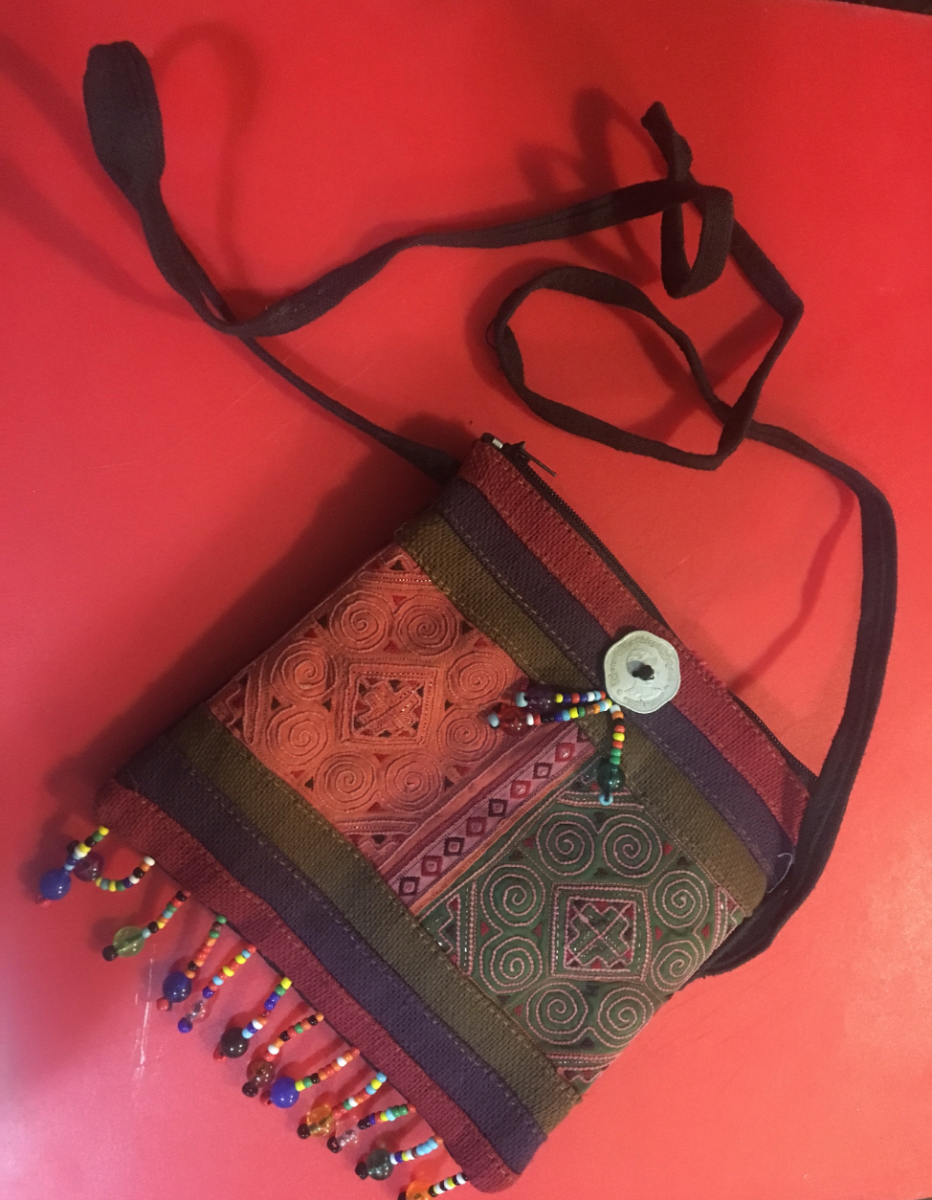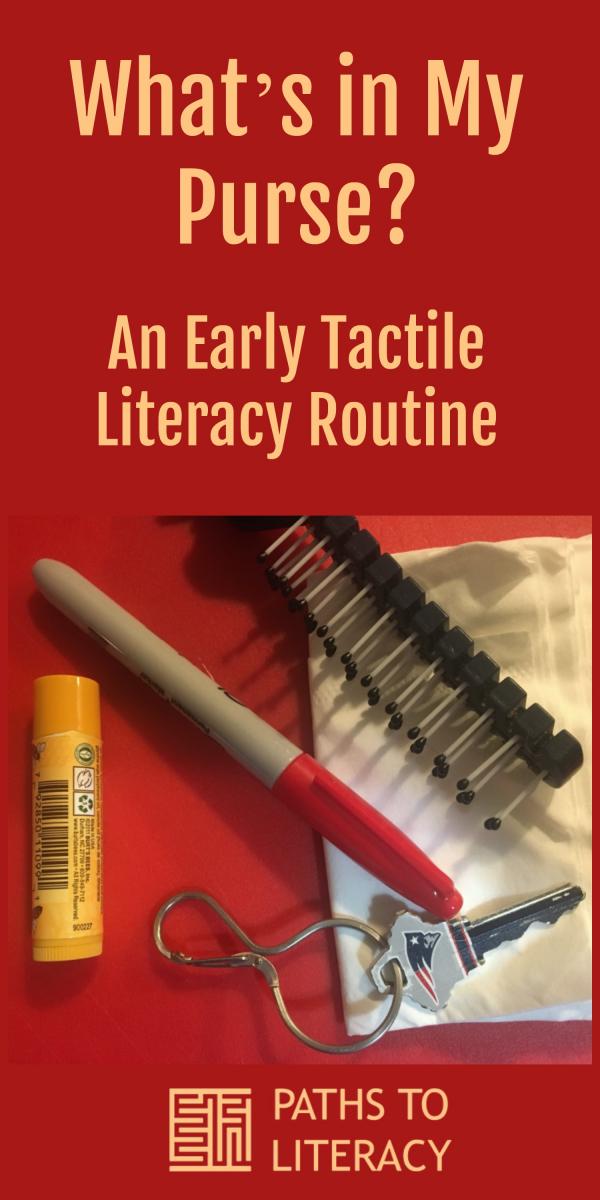What’s in My Purse? An Early Tactile Literacy Routine

My four-year-old student, whom I’ll call “Amy,” had a prognosis of low vision progressing to total blindness. She had an IEP objective to develop her tactile skills this year, so they would be in place when she needed to learn braille later. This objective seemed like a challenge, since Amy was a strongly visual learner…and a little girl who saw zero purpose in developing tactile skills.
But during a classroom observation, I noticed that Amy adored the dress-up area, gleefully donning a fuzzy boa and prancing around the classroom in grownup shoes. That was my entry, “Find what’s in my purse!” I dug out an old purse with a zippered opening where she could reach in but not easily see in, and I stocked it with some tissue, a lip balm stick, a key on a ring, a marker, and a small hairbrush. I kept an identical set of objects in my desk. On our next lesson, I let Amy wear a boa around her neck and I handed her my purse. Faking a sniffle, I asked, “Amy, I need to blow my nose. Would you please find my tissues in my purse?” I pretended to blow my nose. “Thank you.” Later, I returned the un-used tissues to the purse and said, “Amy, now my hair’s a mess. Would you please find me my hairbrush?” Then I returned the hairbrush and asked, “ I need to remember a phone number. Would you please give me my marker?” We continued this play with every object in my purse.
If Amy couldn’t find the object, I’d let her hold and look at my duplicate object while she searched tactually in my purse. (Somehow, she never caught on to why I needed her to find the object in the purse when I already had one.) If Amy still couldn’t find the object, I’d take out all but the object and one other object and ask her to try again from this field of two. Once Amy was consistently successful with all the objects, I re-stocked my purse with objects that were more tactually similar, like a pen, a single marker, and a crayon. Data collection was easy – the number of objects she found under each condition. Amy quickly reached her IEP objective, and her parents, who were understandably concerned about her visual prognosis, were relieved that her tactile literacy routine was fun and that it was “normal.” (What woman doesn’t rummage through her purse for something?)
I haven’t needed to adapt this activity to a student who wasn’t “girly” like Amy, although I’m prepared to generate similar routines:
- What’s in My Tool Bag? (a tool bag stocked with a screwdriver, a small hammer, measuring tape, and a box of nails)
- What’s in My Pencil Case? (a zipped pencil case with a ruler, a small pad of paper, a pencil, and an eraser (or index cards, a slate, and a stylus)
- What’s in My Sewing Case? (a sewing bag with thread, a card of buttons and a zipper)
- What’s in My Lunch Bag? (a lunch bag with a fork, a spoon, a napkin, and a bottle)
- What’s in My Beach Bag? (a beach bag with a sand shovel, some sunscreen, and some shells)
The sky’s the limit with these routines, as long as the bag has a small opening so the student can reach in but not easily look in, as long as the container and objects match the theme, and as long as the tactile routine is fun for the student.


